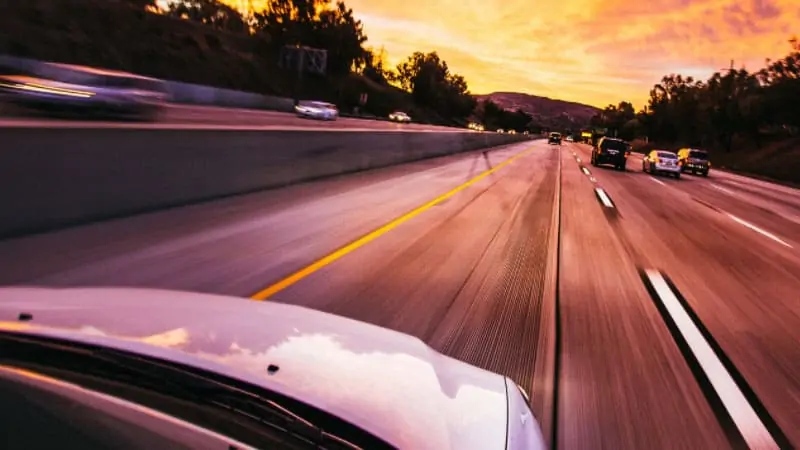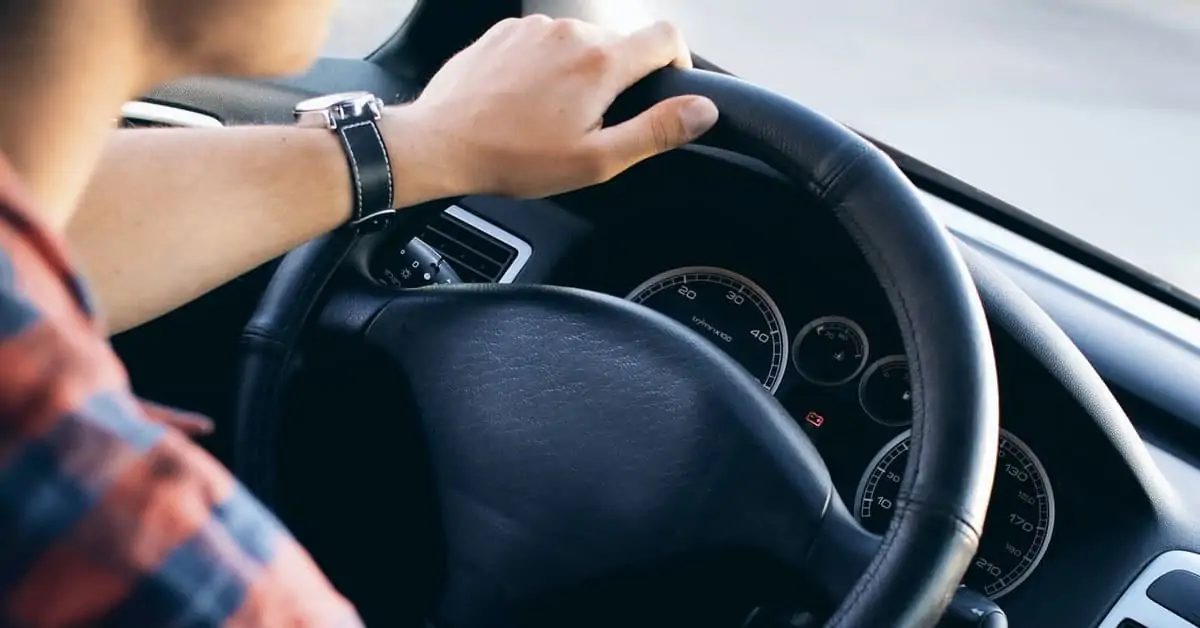When it comes to learning how to drive a car, one thing is important and that’s – you need to understand how to change gears correctly. The purpose of that is to ensure you get better control of the vehicle when driving. Another important thing is to understand how to select the right gear for different road conditions.
Generally, manual transmission cars often come with four forward gears and one reverse gear. Furthermore, all the gear positions have their strengths and weaknesses. That said, it’s not ideal to use low gear when you’re supposed to select high gear – doing that could end up hurting your vehicle.
One of the warning signs that you’re driving in the wrong gear is when your vehicle is revving very high. Apart from that, if your engine is running at very low revs, it could also be a sign that you’re in the wrong gear.
What exactly will happen if you drive in the wrong gear? What is the best way to know that you’re driving in the wrong gear? Is it possible to hurt your vehicle by driving in the wrong gear? Read on to find answers to these frequently asked questions and a few others.
What happens if you drive in the wrong gear?

Transmission is, no doubt, one of the most important parts of a vehicle. This component is responsible for converting the combustion power of your car engine to momentum, which is much needed to drive the wheels. Furthermore, transmission is available in two different types; automatic and manual.
Unlike manual cars, automatic transmission cars don’t have a clutch. However, both transmissions come with gears. For instance, in automatic cars, there are usually four gears. As for manual cars, there are usually one reverse gear and four or five forward gears, including the 1st, 2nd, 3rd, 4th, and overdrive.
First gear, also called the lowest gear, is the ideal gear for starting a vehicle from a stationary position. It helps to achieve the least speed and strongest power. The best time to drive in first gear is when you’re trying to tow a vehicle, climbing up a steep hill, or driving downhill.
The second gear functions almost the same way as the first gear. The only difference between the two is that the 2nd gear delivers a higher speed and lesser power. Furthermore, the second gear is ideal for driving your cars on slippery roads.
The third gear or D3 in automatic vehicles is essential for increasing speed when driving on the 2nd gear. You’ll certainly find it handy to prevent slipping when driving uphill.
The overdrive is usually engaged to shift to the highest gear when accelerating. This gear is ideal for driving on open roads at high speeds.
Let me pause here and talk about the effect of driving with the wrong gear.
Here’s what will happen when you use the wrong gear
In case you don’t know, driving your vehicle in the wrong gear could cause a couple of problems to your car – of course, this depends on how frequently you’re using the gear and the type of gear position you’re shifting to.
One of the effects of driving your car in the wrong gear is that it could put extra strain on your car’s engine. For instance, imagine you’re driving in third gear and want to shift to second but mistakenly selected the fifth gear.
This slight mistake will most likely upset the balance of your vehicle. If your car engine frequently runs faster than normal, it could damage your engine. Unfortunately, it cost a lot today to replace a car engine. Furthermore, driving in the wrong gear can also damage your vehicle’s transmission and synchronizer.
How to tell if you’re driving in the wrong gear?

As you already know, regularly driving in the wrong gear could hurt your vehicle. Since that’s the case, it’s important to understand when you’re driving on the wrong gear.
There are a lot of warning signs to understand that you’re driving in the wrong gear. Before going into that, it’s worth knowing that using the wrong gear can happen in a couple of different ways. The first one, called money shift, involves shifting to a lower gear instead of a higher one.
Here’s a good example; let’s assume you’re driving in the 3rd gear and need to increase speed. The best you can do is to shift to the next higher gear, such as the fourth. However, instead of doing that, you ended up selecting this first gear.
In the example above, you’ll be using the wrong gear by shifting to the first. One of the warning symptoms to understand that you’re driving in the wrong gear is when your rear wheels are locking up.
Another warning sign to know that you’re driving in the wrong gear is when your engine is revving very high. At this point, the tachometer will show you that the RPM has exceeded the engine’s redline.
Engine lugging, which involves running your vehicle at pretty low revs, is another warning sign to understand that you’re driving in the wrong gear.
Can driving in the wrong gear hurt your car?
Of course, driving in the wrong gear can always hurt your car. While that’s the truth, you need to understand that this is only possible if you frequently or regularly use the wrong gear. Driving a car in the wrong gear in the wrong gear in rare cases will most likely not damage your vehicle.

